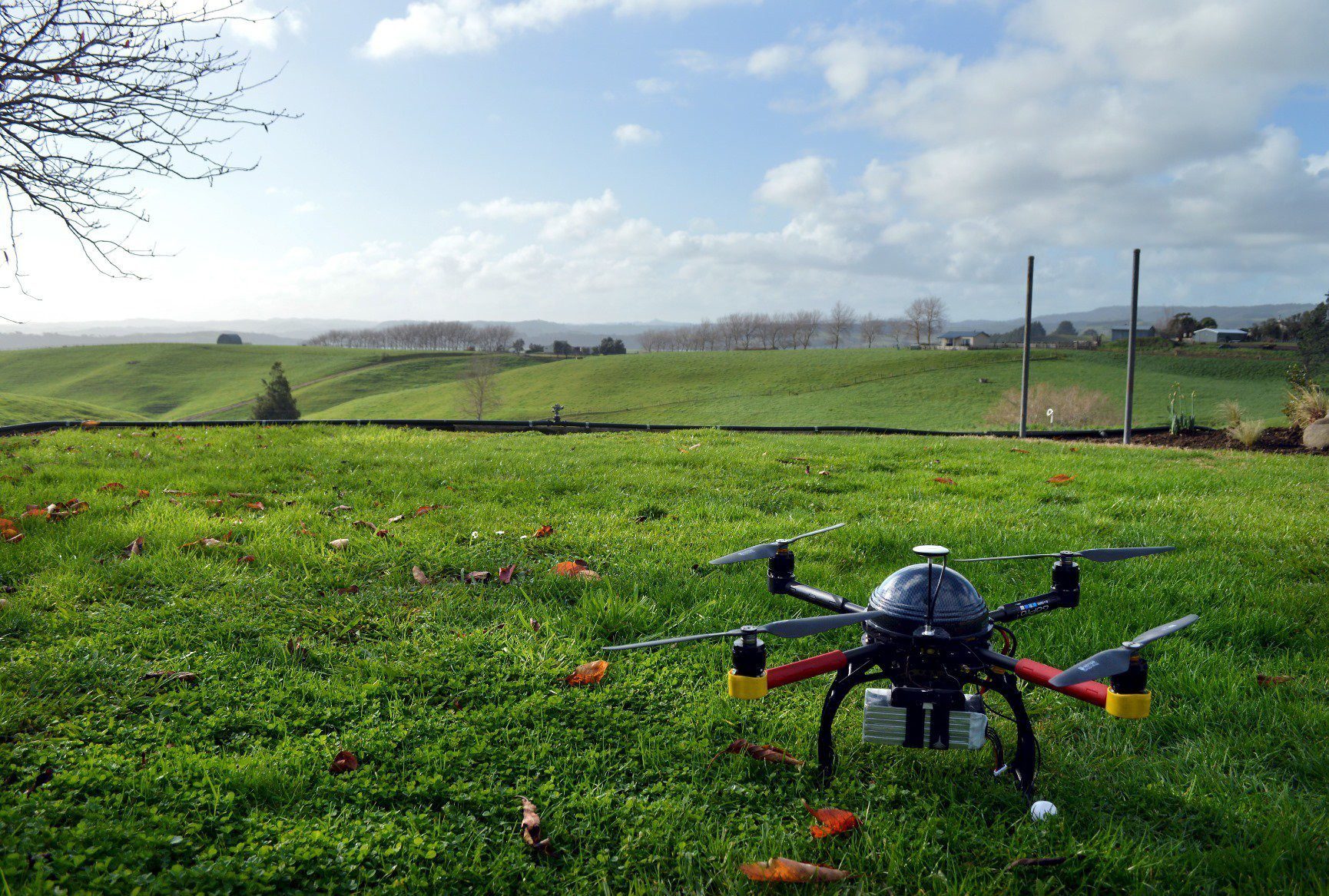The Industrial Revolution and the Digital Revolution were two significant economic transformations in history that drastically changed the economic landscapes of their periods. The Industrial Revolution introduced new inventions that transformed the manufacturing process, increasing production rates and reducing production costs. However, it also led to worker exploitation, child labor, pollution, and social inequality. The Digital Revolution introduced new technological advancements that increased efficiency, globalization, and communication, but it also led to cybersecurity risks, job losses, and privacy and ethical concerns. Both revolutions had their advantages and disadvantages, and it is essential to address their negative impacts while pursuing balance between social, environmental, and economic concerns.
The Industrial Revolution vs. The Digital Revolution: Contrasting the Economic Transformations of History
Introduction
The world has experienced a series of significant transformations that have shaped both its economic trajectories and history. The Industrial Revolution in the 18th century and the Digital Revolution of the 20th century were notable events that have drastically changed the economic landscapes of their respective periods. Each revolution was characterized by new modernizations and innovations that led to significant economic advancements. Contrasting these two periods of economic change, this article aims to explore and highlight the advantages and disadvantages that each brought about.
The Industrial Revolution
The Industrial Revolution emerged in the 18th century and led to a series of inventions and advancements that transformed the way people lived and worked. It began in Great Britain and quickly spread across Europe and North America. This era introduced several significant innovations that allowed factories to replace hand-made goods, which were previously produced by artisans in their homes.
Advantages of the Industrial Revolution
The Industrial Revolution represented a significant shift from a predominantly agricultural-based society to an industrial-based one. It introduced a new way of life, with new inventions that transformed the manufacturing process. Here are some of the advantages of the Industrial Revolution:
- Increased production rates – The mechanization of production meant that goods were produced at a faster rate than ever before.
- Reduced production costs – Machines replaced human work and skilled artisans, reducing the cost of production.
- Job opportunities – The Industrial Revolution led to the creation of new jobs, including managers, mechanics, and technicians.
- Urbanization – The increase in employment opportunities led to an influx of people in cities, resulting in increased urbanization.
Disadvantages of the Industrial Revolution
The Industrial Revolution, however, also had several disadvantages that affected people’s lives. Here are some of the disadvantages:
- Exploitation of workers – Workers in factories worked for long hours in hazardous conditions, with no job security or benefits.
- Child labor – Children as young as six years old worked in factories, with no access to education or childhood.
- Pollution – The increased production led to significant environmental degradation, with factory emissions polluting the air and water sources.
- Social inequality – The Industrial Revolution led to the creation of a new class of wealthy factory owners who exploited workers to increase their profits, leading to social inequality.
The Digital Revolution
The Digital Revolution, on the other hand, began in the mid-20th century and was characterized by the introduction of digital and electronic technologies. The development of the internet in the 1990s birthed a new era of communication, business, and social interaction. Here are some of the advantages and disadvantages of the Digital Revolution:
Advantages of the Digital Revolution
The Digital Revolution introduced new technological advancements that transformed the world. Here are some advantages of the Digital Revolution:
- Increased efficiency and productivity – Digital technologies increased productivity and efficiency, with the creation of new software and technologies that reduced the need for human intervention.
- Globalization – The internet led to a more interconnected world, facilitating globalization and international business.
- Communication – The emergence of social media and other digital technologies made communication easier, more convenient, and faster.
Disadvantages of the Digital Revolution
The Digital Revolution, however, also had some negative impacts. Here are some disadvantages of the digital era:
- Cybersecurity risks – The increased reliance on digital technologies made companies more vulnerable to cyber-attacks and other malicious activities.
- Job loses – Digital technologies led to the replacement of human jobs with automated processes, leading to job losses and increased inequality.
- Privacy and ethical concerns – The emergence of social media resulted in concerns about privacy and ethical integrity.
Conclusion
The Industrial Revolution and the Digital Revolution have transformed the world dramatically. Both eras had their advantages and disadvantages, and both had a massive impact on economic development. The Industrial Revolution introduced mechanization to production, creating new jobs and increasing production rates whilst increasing social inequality. The Digital Revolution, on the other hand, introduced digital technology to increase efficiency, creating international business opportunities and facilitating communication while leading to job losses and security risks. Consequently, it is essential to acknowledge the positive impacts, address the negative challenges, and aim to foster economic development while pursuing a balance between social, environmental, and economic concerns.
